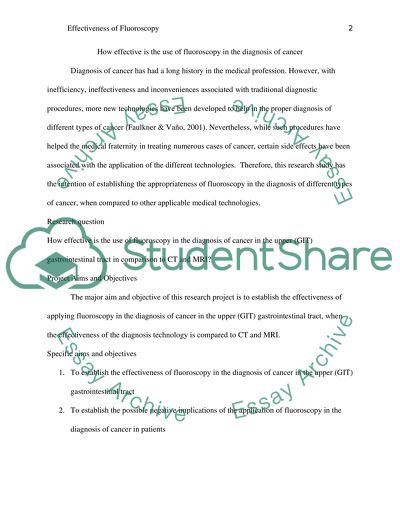Cite this document
(“Research Proposal (How effective is the use of fluoroscopy in the”, n.d.)
Research Proposal (How effective is the use of fluoroscopy in the. Retrieved from https://studentshare.org/health-sciences-medicine/1682249-research-proposal-how-effective-is-the-use-of-fluoroscopy-in-the-diagnosis-of-cancer-in-the-upper-git-gastrointestinal-tract-in-comparison-to-ct-and-mri
Research Proposal (How effective is the use of fluoroscopy in the. Retrieved from https://studentshare.org/health-sciences-medicine/1682249-research-proposal-how-effective-is-the-use-of-fluoroscopy-in-the-diagnosis-of-cancer-in-the-upper-git-gastrointestinal-tract-in-comparison-to-ct-and-mri
(Research Proposal (How Effective Is the Use of Fluoroscopy in the)
Research Proposal (How Effective Is the Use of Fluoroscopy in the. https://studentshare.org/health-sciences-medicine/1682249-research-proposal-how-effective-is-the-use-of-fluoroscopy-in-the-diagnosis-of-cancer-in-the-upper-git-gastrointestinal-tract-in-comparison-to-ct-and-mri.
Research Proposal (How Effective Is the Use of Fluoroscopy in the. https://studentshare.org/health-sciences-medicine/1682249-research-proposal-how-effective-is-the-use-of-fluoroscopy-in-the-diagnosis-of-cancer-in-the-upper-git-gastrointestinal-tract-in-comparison-to-ct-and-mri.
“Research Proposal (How Effective Is the Use of Fluoroscopy in the”, n.d. https://studentshare.org/health-sciences-medicine/1682249-research-proposal-how-effective-is-the-use-of-fluoroscopy-in-the-diagnosis-of-cancer-in-the-upper-git-gastrointestinal-tract-in-comparison-to-ct-and-mri.


